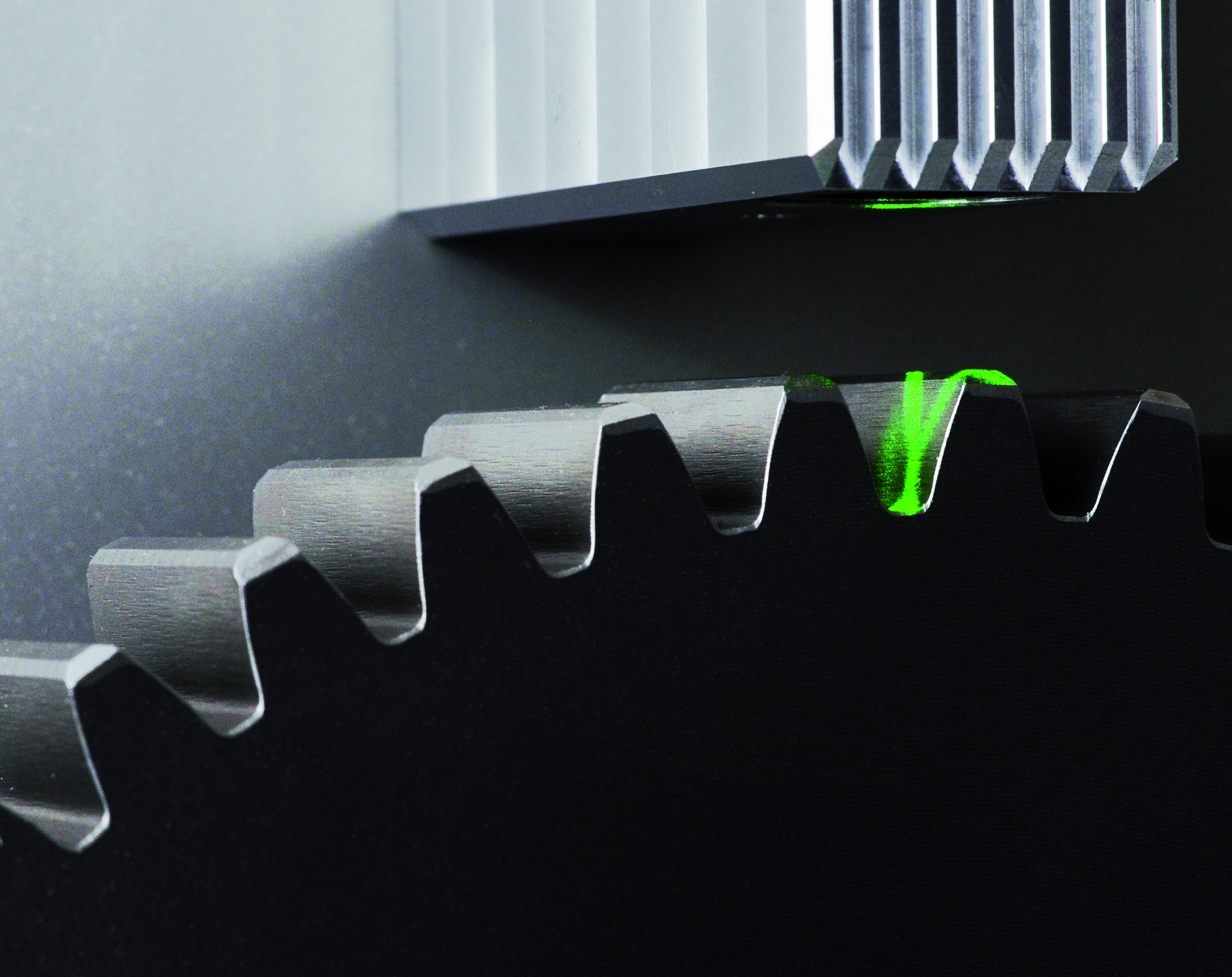What is optical 3D measurement?
Optical 3D measurement is used to check that the geometric dimensions (dimension, shape and position) of components are correct and, meanwhile, in many cases it can replace the tactile measurements with mechanical gauges or coordinate measuring machines. Tactile measurements are very time-consuming; with non-contact optical 3D measurement technology on the other hand, measurements are 10 to 1000 times faster and can also be easily automated. In suitable cases, zero-defect concepts thus can be implemented in the production cycle.
Procedure of optical 3D measurement
Optical 3D measuring methods are widely used nowadays. Depending on the application, technologies such as pattern and fringe projection, light-sectioning, photogrammetry, light travel time, white-light interferometry, confocal measurement techniques, focus variation, etc. are used. The range of 3D applications is extended by procedures such as X-ray computed tomography, with which highly accurate measuring of structures inside an object made out of nearly every material becomes possible
How does optical 3D measurement work?
Optical sensor systems for 3D measuring procedures usually consist of a light source (transmitter), which applies a special, a priori known light signal to the test object, and a receiving unit (receiver) which records the light signal. The object changes the amplitude, phase, polarization or direction of the optical signal in a known manner which is used as a measured variable. By evaluating this change, the 3D information or surface structure of the object can be deduced, depending on the measuring principle.
